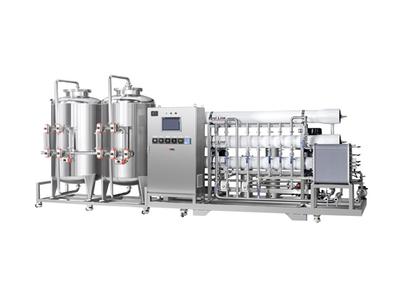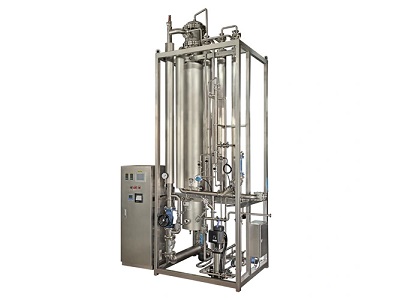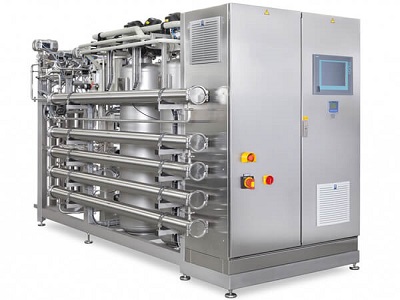In industries such as pharmaceuticals, biotechnology, healthcare, and electronics manufacturing, the quality of water used in processes can make or break product integrity and patient safety. Designing an efficient purified water distribution system is therefore paramount. This blog delves into the essential considerations that must be taken into account when designing a system that ensures consistent, high-quality purified water delivery.
The foundation of any purified water distribution system is the source water. Understanding its quality and purity is crucial. Comprehensive water testing should be conducted to determine the level of impurities, microorganisms, and minerals present. This assessment will guide the treatment processes required to meet industry standards for water quality.
Selecting the right materials for your distribution system is vital. Materials must be corrosion-resistant and non-reactive with water to prevent contamination. Common materials include stainless steel, glass, and certain plastics. Additionally, gaskets and seals must be compatible with purified water to maintain integrity.
To ensure that the system consistently produces high-quality water, it must undergo validation and qualification processes. This involves rigorous testing to verify that the system meets industry standards and regulatory requirements. Validation is an ongoing process that ensures the system continues to perform as intended over time.
Purified water distribution systems in industries like pharmaceuticals are subject to strict regulatory guidelines. Compliance with organizations like the United States Pharmacopeia (USP) or European Pharmacopoeia (Ph. Eur) is essential. Adherence to these standards is not only a legal requirement but also critical for ensuring product quality and patient safety.
Regular monitoring and maintenance are essential to prevent contamination and ensure system reliability. Monitoring includes checking water quality at various points in the distribution system and ensuring that all components are functioning correctly. Routine maintenance should include cleaning, calibration, and replacing consumables as needed.
Designing an efficient purified water distribution system is a complex task that requires careful consideration of water source, treatment processes, materials, design, validation, regulatory compliance, and ongoing monitoring and maintenance. A well-designed system ensures the consistent delivery of high-quality purified water, safeguarding product integrity and compliance with industry standards. By adhering to these key considerations, industries can maintain the highest standards of water quality, thereby upholding patient safety and product excellence.


